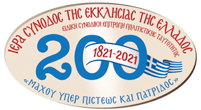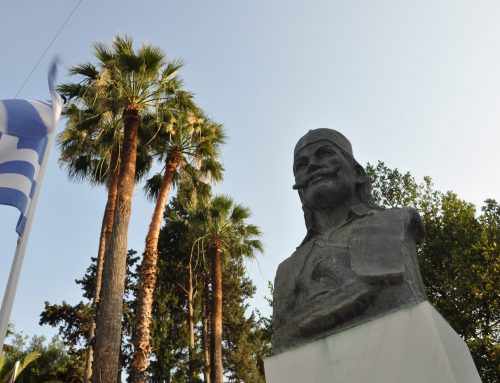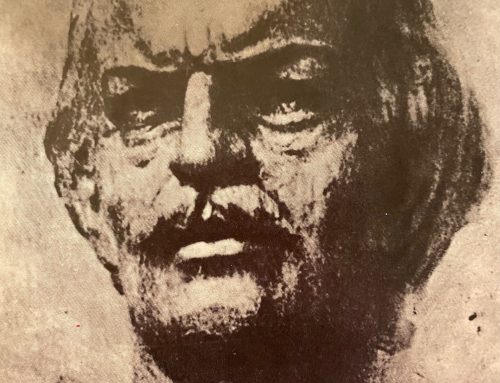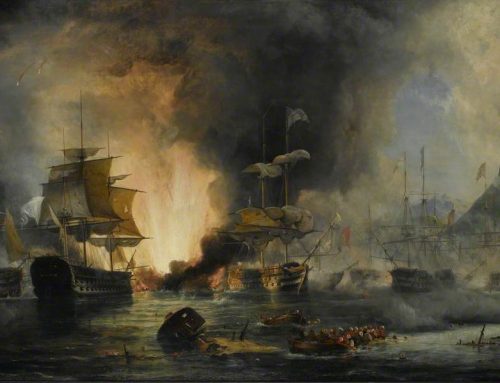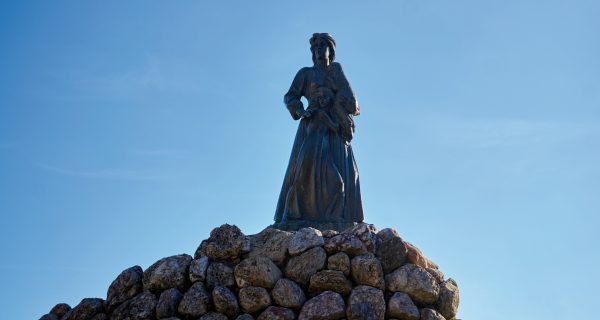
On Sunday of Thomas the nation honours the memory of the men and women who were slaughtered in 1822 during the Revolution of the Macedonian Greeks. The Holy Metropolitanate of Veria, Naoussa and Campania organizes events —with all Covid-19-related measures strictly observed— to honour the Naoussean Neomartyrs of April 1822, who were classified in the Hagiologion of our Church by the Ecumenical Patriarchate.
The Great Revolution of 1821 found the Greeks of Macedonia mentally and organizationally prepared. From March 23, 1821 to October of the same year the Serrean Emmanuel Pappas stirred up Halkidiki and Mount Athos. The endeavour was suppressed in blood by the numerous troops of Abu Lubut, who had his base in Thessaloniki. The following year it was the turn of Veria, Naoussa, Edessa and Olympus. Anghelis Gatsos, Nikolaos Karatassos, Zapheirakis (Theodossiou), Nioplios and other chieftains rose up on February 19, 1822 and waged battles in the Monastery of the Mother of God of Dovra and in Naoussa. The blood-thirsty Abu Lubut led his troops himself and around mid-May 1822 the rebelliom had been suppressed.
Once again Macedonia proved itself a defending fence, as Polybius qualified it. For two years the Northern Greeks occupied the Ottoman army based in Thessaloniki and thus gave greater ease of movement to those from Roumeli and the Peloponnese. The Naoussean Zapheirakis fell fighting. Karatassos and Gatsos descended in Southern Greece and joined forces with the Greeks fighting there. When Ibrahim disembarked in Messenia in 1825, the Macedonians of Karatassos hastened to confront him at Schoinolakka.
On Sunday of Thomas 1822 Abu Lubut brought to a parody of a trial those of the 1,241 men of Naoussa who were older than 15 years. In the area of Kioski where there is a park today, executioners beheaded all the Christians, who refused to espouse the Islam. If they had renounced their faith, they would have saved their lives. However, they remained unshakeable in their Orthodox Christian Faith. Today they are honoured as Holy Neomartyrs along with the women who were tortured and executed in Thessaloniki. Among them were the spouses of Zapheirakis and and Karatassos. Other Naoussean women threw themselves in the waterfall of Arapitsa to avoid being transferred to harems.
Photograph: Monument in Arapitsa commemorating the destruction of Naoussa, Municipality of the heroic town of Naoussa
